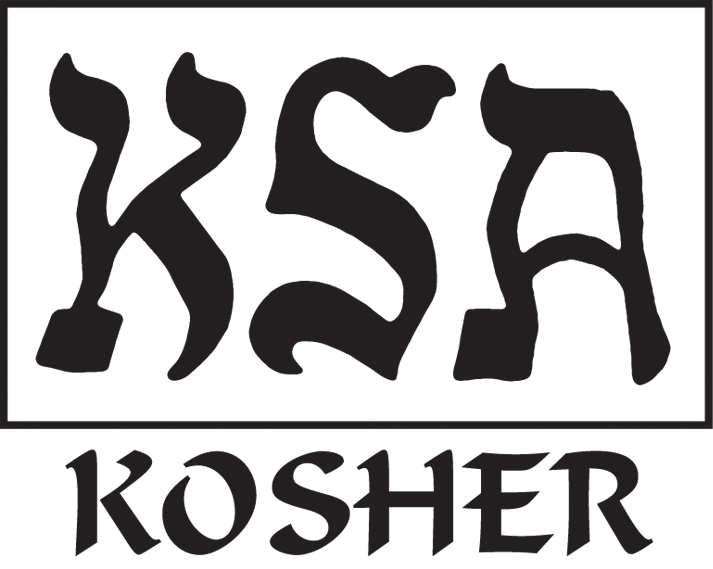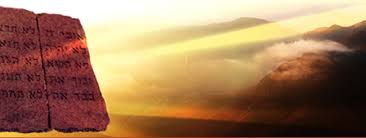
By Adin Even-Israel (Steinsaltz)
This year (June 9,10) marks the 3331st anniversary of the Holiday of Shavuot, the day of the giving of the Torah by G‑d, is also called the day of the receiving of the Ten Commandments by Israel. And it would seem to be a natural pairing of concepts – the giving and the receiving being the two sides of the same action and apparently interchangeable as descriptions of the event.
Nevertheless, they are not identical. Each has its own particular meaning. As the Kabbalah puts it, the giving of the Torah is a movement from above to that which is below, while the receiving is a movement from below reaching upward. And in the dimension of time, the giving of the Torah is essentially a single act, while the receiving of the Torah is a diversified and continuing process in history.
Before expanding on this point, it may be helpful to clarify what is meant by the word “Torah.” To translate Torah as “law” misses the mark, even though the Bible may be seen as a book containing laws and moral instruction for living. On the other hand, this aspect of instruction – the teaching – is certainly basic to Torah; without it the Torah would be just a monumental work of literature.
Moreover, Torah that is not a living framework for action is no longer Torah. Therefore, the giving and the receiving of Torah is more than just the transmission of a certain body of information. It is the communication of a message that causes a profound change in the thought and behavior of those who receive it. It is clear, too, that Torah constitutes a bridge between the Divine essence and man.
The actual giving of the Torah at Mt. Sinai was a most dramatic and awesome event, with heavenly voices and trumpets, lightning and thunder. One may wonder a little at all the fuss, considering that the Ten Commandments are no more than fundamental rules for the conduct of any society. In part, at least, they are already to be found in the older codes of Babylon and Egypt, India and China.
Hence, it must be admitted that the full weight of the Ten Commandments is not only in their content, but in the special way they were given. In the Ten Commandments, “Thou shalt not murder” is not a ruling set by some local chief to avoid vengeful blood feuds. It is the command of an Almighty G‑d, and this is what gives it power and meaning. To transgress any of the commands of the Torah is primarily to defy G‑d, and only after that is it an offense against society.
This however, is only a relatively external, formalistic aspect of the giving of the Torah. More significantly, it is an act from above to below, the crossing of the infinite gap between G‑d and the world. There is no way man can cross it. One can only cry out in despair, “What has He to do with us dwellers of the dust?”
This is not a modern thought; it is repeated often enough in the Bible and is probably a basic experience in all religions. Indeed, the inner message of the Ten Commandments is an answer to this feeling of man’s insignificance. It is a central aspect of the confrontation at Sinai, as it is written: “Behold, the L-rd our G‑d has shown us His glory and His greatness, and we have heard His voice out of the midst of the fire: we have seen this day that G‑d does talk with man, and he lives” (Deuteronomy 5:21). The importance of this encounter is not in the actual words spoken but that G‑d appeared before man and told him what to do, that G‑d established some sort of contact with man. And this is the meaning of the whole Torah; all the rest is commentary.
Consequently, the giving of the Torah is a single historic event in which the Divine is the decisive factor. The receiving of the Torah, by contrast, is an enduring process in time, with man as the decisive factor. The paradox is resolved when the two movements meet.
This idea is not merely a metaphorical way of saying something; it is a recurring theme in the Bible itself. Indeed, it may be said that the Bible as a whole is a detailed account of the conflicts and reconciliations in the process of receiving the Torah.
Time is needed for any truly revolutionary teaching to be understood, and there are any number of intermediate stages. In the history of Israel, it may be assumed that only during the time of the Second Temple did the people of Israel as a whole accept the Torah as an obligatory way of life. From that time until recent generations, there has no longer been any serious division between the Jews and Torah. They have been one consistent entity.
More than a thousand years elapsed, then, between the giving of the Torah and some sort of total receiving of the Torah. Of course, it is not simply a matter of the spiritual and intellectual capacities of one generation or another. So long as men are possessed of free will, the problem of receiving the Torah will be posed anew for every individual in every generation.
The process of receiving the Torah has thus been continuing – from the incident of the Golden Calf to the present day. It is a process of training the Jew to genuinely absorb what is being offered to him. And, as we have seen, it cannot be a straightforward learning process. It is always being obstructed and delayed, not only by the diverse kinds of rejection, but also by the many forms of inadequate or premature acceptance. After thousands of years and countless good intentions and incessant struggle on the part of generation after generation of devout Jews, we can only be sure of one thing: The Torah once given at Sinai continues to be received by Israel.

